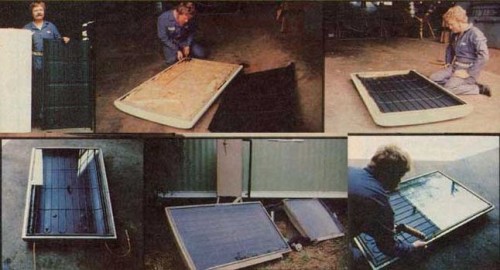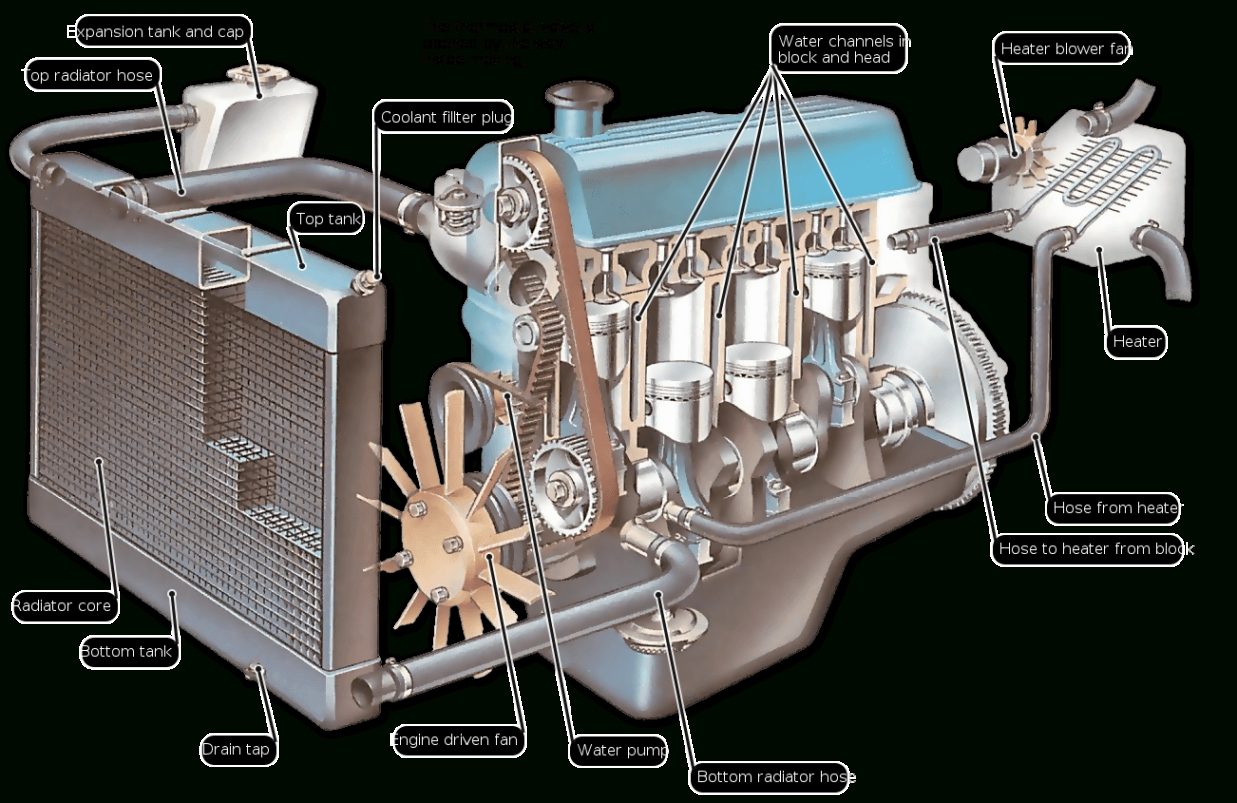The refrigerator, designed by award-winning English inventor Emily Cummins, uses the cooling power of evaporating water to keep perishable goods at a temperature of around 43 degrees Fahrenheit (6 degrees Celsius) for up to six days. The only fuel it uses is sunlight. The fridge can be built by do-it-yourselfers from inexpensive and easy-to-find materials. This makes it a practical option for Third World countries where materials, fuel, and specialized manufacturing expertise are all in short supply.
Solar Power and Evaporation Help Keep the Refrigerator Cold
The refrigerator operates on the same basic principle as evaporative “swamp coolers” that help keep houses cool in hot, dry climates. The design consists of two cylinders, one inside the other, with a gap between the inner cylinder and outer cylinder. The inner cylinder is made of solid metal. The space between the inner and outer cylinders is filled with a layer of material that can be soaked with water, such as sand, wool, or dirt. The outer cylinder is made of a solid material such as wood or plastic, with holes drilled in the sides to let the sun’s energy reach the wet layer.
As hot sunlight hits the refrigerator, it gradually evaporates the water from the wet middle layer. This causes heat to transfer from the inner cylinder into the wet layer, keeping the inner cylinder and its contents cool. The refrigerator can be “recharged” by simply re-soaking the wet layer.
While the refrigerator’s lowest operating temperature of about 43 degrees (6 degrees Celsius) is somewhat higher than the temperature of 40 degrees (4.5 degrees Celsius) recommended by food safety expert for refrigerators that run on electricity or gas, it is still low enough to greatly extend the useful life of food or medicines.
Eco-Friendly Way to Refrigerate Medicines and Vaccines
Lack of cooling capacity can be a significant problem for medical facilities in poor countries with hot climates, since many medications and vaccines lose their effectiveness if they aren’t kept cool. A portable refrigerator using the same basic plan as Miss Cummins’ original design will make it possible to transport temperature-sensitive medicines such as vaccines in hot areas.









